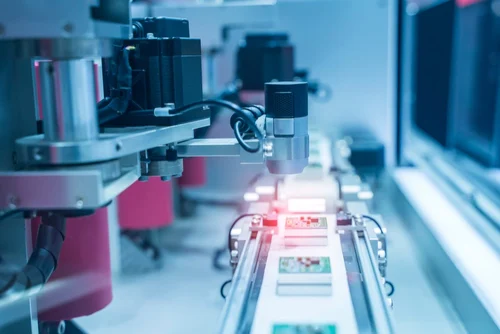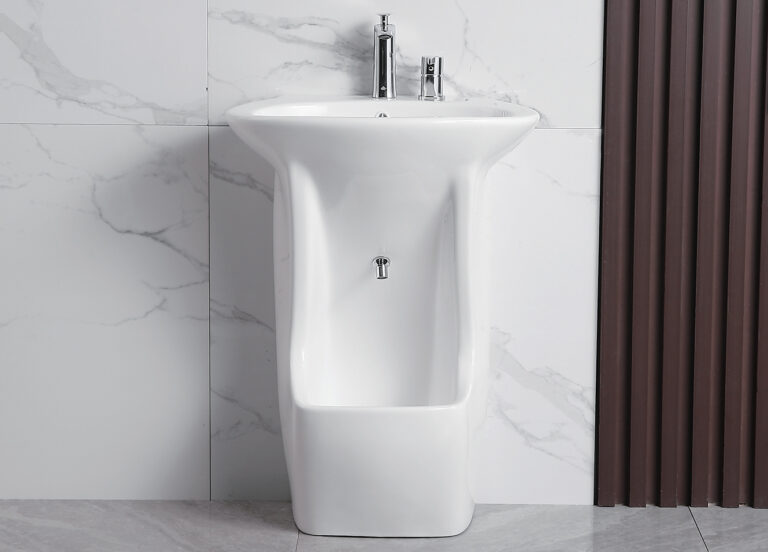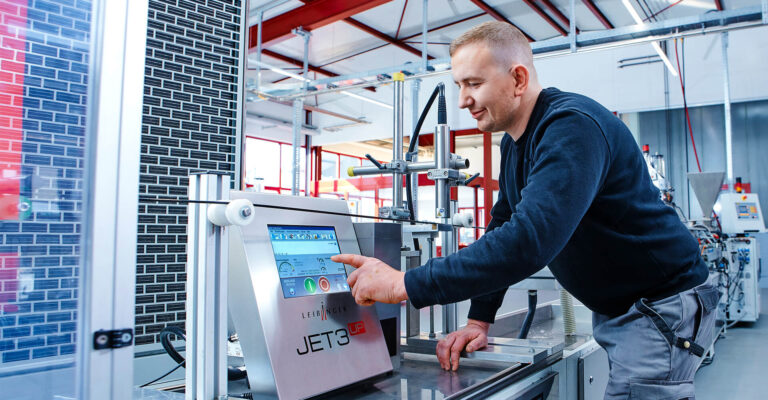Understanding Vision Inspection Systems and Their Industrial Applications

In modern industrial manufacturing, maintaining high-quality standards is essential for competitiveness and customer satisfaction. Defects in products, packaging, or components can result in financial losses, recalls, or reputational damage. To address these challenges, many manufacturers are turning to advanced vision inspection systems. These systems utilize optical technology and artificial intelligence to monitor production processes, detect defects, and ensure that products meet stringent quality standards.
For companies aiming to enhance operational efficiency and quality control, Vision Inspection systems provide a reliable and precise solution. By using high-resolution cameras, sensors, and intelligent software, these systems can automatically detect flaws in products, packaging, or assemblies, enabling real-time correction and reducing the risk of defective items reaching the market.
Key Components of Vision Inspection Systems
Vision inspection systems are composed of several integral components that work together to deliver accurate and efficient inspection results. Understanding these components helps in selecting the right system for specific industrial applications.
1. Cameras and Imaging Devices
The core of any vision inspection system is its imaging hardware. High-resolution cameras capture detailed images of products or components as they pass through the production line. These cameras may include area scan, line scan, or 3D imaging devices, depending on the complexity and requirements of the inspection task. High-quality imaging ensures that even minor defects or inconsistencies are detected reliably.
2. Lighting and Optics
Proper lighting is critical for accurate vision inspection. Illumination systems highlight specific features, surfaces, or defects on the product, enhancing image clarity. Advanced optics, including lenses and filters, help focus on fine details and reduce errors caused by reflections, shadows, or environmental factors. Effective lighting and optics enable consistent inspection results under various production conditions.
3. Image Processing Software
Once images are captured, image processing software analyzes the visual data to identify defects or deviations from set standards. Using artificial intelligence and machine learning algorithms, the software can detect inconsistencies such as scratches, misalignment, missing components, or incorrect labeling. Advanced systems can also classify defects by severity, allowing operators to prioritize corrective actions.
4. Integration with Production Lines
Vision inspection systems are designed to integrate seamlessly with automated production lines. Sensors and actuators can trigger corrective actions, such as rejecting defective products or stopping the line for maintenance. Real-time integration ensures that quality issues are addressed immediately, reducing waste and maintaining production efficiency.
Industrial Applications of Vision Inspection Systems
Vision inspection systems are widely used across various industries due to their versatility and precision. Key applications include:
1. Electronics Manufacturing
In electronics production, vision inspection systems detect defects in printed circuit boards (PCBs), solder joints, and components. They ensure that all electronic assemblies meet strict tolerances and function reliably, minimizing failures and enhancing product longevity.
2. Automotive Industry
Automotive manufacturers use vision inspection to verify the quality of critical components, such as engine parts, body panels, and wiring assemblies. The system detects defects, misalignments, and inconsistencies, helping maintain safety and reliability standards.
3. Food and Beverage Packaging
In food and beverage industries, vision inspection ensures accurate labeling, proper sealing, and correct product counts. This reduces the risk of regulatory violations, packaging errors, and customer dissatisfaction.
4. Pharmaceutical Production
Vision inspection systems are crucial for verifying packaging, labeling, and dosage accuracy in pharmaceutical manufacturing. They help comply with stringent regulatory requirements and prevent costly recalls or legal issues.
5. Consumer Goods and Industrial Products
Vision inspection is applied to a wide range of consumer goods, from cosmetics to household appliances, ensuring that products are defect-free and consistently meet quality expectations. Industrial products, including machinery components and tools, are also monitored for precision and accuracy.
Benefits of Vision Inspection Systems
Implementing a vision inspection system offers multiple advantages for manufacturers:
- Enhanced Quality Control: Detects defects early to ensure high-quality products.
- Increased Efficiency: Automated inspection reduces manual labor and speeds up production.
- Regulatory Compliance: Helps meet industry standards and legal requirements.
- Cost Reduction: Minimizes waste, rework, and product recalls.
- Real-Time Monitoring: Allows immediate corrective actions for continuous quality assurance.
- Consistency: Provides uniform inspection results across large production volumes.
Conclusion
Vision inspection systems have become an essential tool for modern industrial manufacturing. By combining advanced imaging, intelligent software, and seamless integration with production lines, these systems ensure accurate quality control, reduce defects, and enhance operational efficiency. Their wide-ranging applications in electronics, automotive, food and beverage, pharmaceuticals, and consumer goods industries demonstrate their versatility and importance. For manufacturers aiming to maintain high standards, improve productivity, and reduce production errors, investing in a reliable vision inspection system is a strategic and valuable decision.






